
Early in the last week of July I made a trip to the north east of England to take advantage of the end of the seabird nesting season before the majority of birds left the nesting areas and headed out to sea. My main destination was the Farne Islands off the coast of Northumbria, which is a famous seabird nesting hotspot, but on my way north I stopped in at Bempton Cliffs in East Yorkshire as well as Coquet Island, Northumbria. All three locations have good populations of nesting seabirds with each having something unique to offer birders with huge numbers of Gannets at Bempton, Roseate Terns at Coquet Island and dive-bombing Arctic Terns on Inner Farne but there is one bird present at all three locations that draws large numbers of people to see them: Atlantic Puffin.
Puffins are an iconic bird and you do not have to be a birder to want to see them, in fact at all three locations I visited most of the people looking at the birds and taking boat trips to the islands were not what we would normally call birders; it was nice to see so many people interested in the birds and particularly to see so many kids getting excited by them. When you see Puffins up close like this it is easy to see why they are so widely loved.
The worrying thing is though, that so many other birds Puffin numbers are falling, in some areas rapidly. However, the Puffin numbers in northeast of England seem to be stable according to annual surveys done on all three populations that I visited. At my first port of call, RSPB Bempton Cliffs, Puffins form a small proportion of the overall numbers of seabirds with very large numbers of Gannet, Razorbill and Guillemot present. Despite it being the end of the breeding season and the staff at Bempton telling most people that there were only one or two Puffins left, it was easy to see plenty of these colourful little birds with good numbers still visiting the cliffs with fish to feed their young.
An annual count is made as the birds assemble pre-breeding before returning to the cliffs and in 2018 the count was made late, after cold weather delayed the nesting season, and a total of 4279 Puffins were counted – counting Puffins. Puffins were easily seen here but not quite so easily photographed as one is always looking down on the birds and only a few were really close.
The next day I took a boat trip from Amble harbour to Coquet Island Seabird Sanctuary using Dave Gray’s Puffin Cruises. My main objective was to see the nesting Roseate terns here but most people on the boat were taking the 1 hour cruise to see Puffins and seals. Nobody was disappointed as we saw plenty of all of these plus Guillemots, Kittiwakes, Sandwich Terns, Arctic Terns, a few Razorbills and Gannets as well as loads of gulls. There have been challenges for the Puffins nesting on this small island including overgrown turf and burrow collapses as well as some years where nest productivity has been very low due to lack of suitable food, but the numbers are apparently stable. No landing is allowed on Coquet Island so all observations and photos were from a moving boat but it was easy to get shots of Puffins in the water.
Just a day later I was on an all day bird watching trip to the Farne Islands, protected by the National Trust, visiting Staple Island and Inner Farne. For any bird watcher who has never been, put it in your diary for 2019 because it is incredible. I used “Billy Shiels Glad Tidings” for my day trip as this company have been catering to birders for many years and it was a good day out with them. With the boat far and the landing fee it is not a cheap excursion but it is worth it for the sheer numbers and proximity of the birds when you are there. With Puffins popping up out of their burrows literally at your feet, Shags staring you out from a few feet away and Arctic Terns landing on your head this is a unique birding experience and if you are armed with any sort of half decent camera you can get great photos of Puffins.
It is difficult to convey the numbers of birds through photos like these, you have to see it for yourself really because until you do witness the spectacle for yourself it is hard to imagine that there will be Puffins just about everywhere you look and where there are no Puffins you will be tripping over Guillemots, Razorbills, Kittiwakes, Shags and Arctic Terns. For anyone who is a bird photographer this is a must-visit site and as well as the previously mentioned species there were also Fulmar, Common Tern, Sandwich Tern, Rock Pipit, Lesser Black-backed Gull, Great Black-backed Gull, Eider and Oystercatcher all easily photographed; I also saw a single Arctic Skua chasing other birds around.
One of the volunteers told us that there were around 35000 pairs of Puffins nesting on the Farne Islands and that although there are problems for the birds the population seems to be more or less stable. I did watch many emerging Pufflings being predated by Lesser Black-backed Gulls though and wondered if an increasing population of these birds might effect Puffin numbers. Every emerging Puffling that I saw was immediately seized and killed by gulls but it must be added that there were not many young birds coming out of the burrows and presumably at some point there is a mass emergence and there are too many for the gulls to kill more than a small number.
For any birders who have been putting off a visit to any location around UK to see Puffins I would advise them to go as soon as they can because generally numbers are declining and you never know when these huge numbers might suddenly disappear. I have read that Puffin numbers in northern France are down to just a few hundred birds and I have witnessed for myself how few there are on some well-known sites like South Stack in north Wales for example.


 August 4th, 2018
August 4th, 2018  Nick
Nick 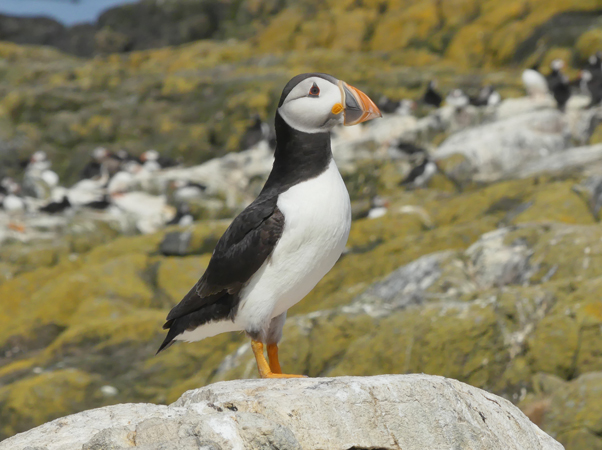
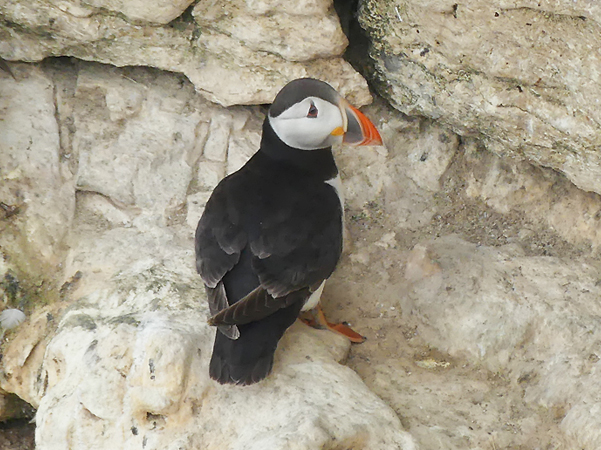
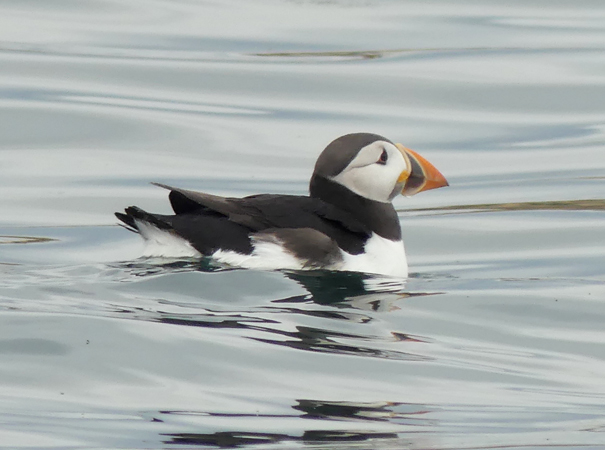
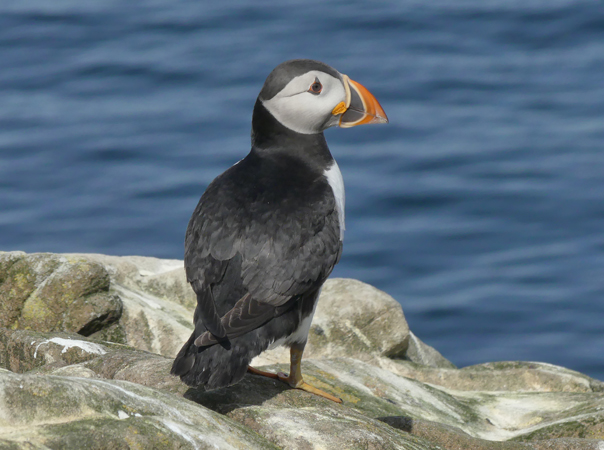
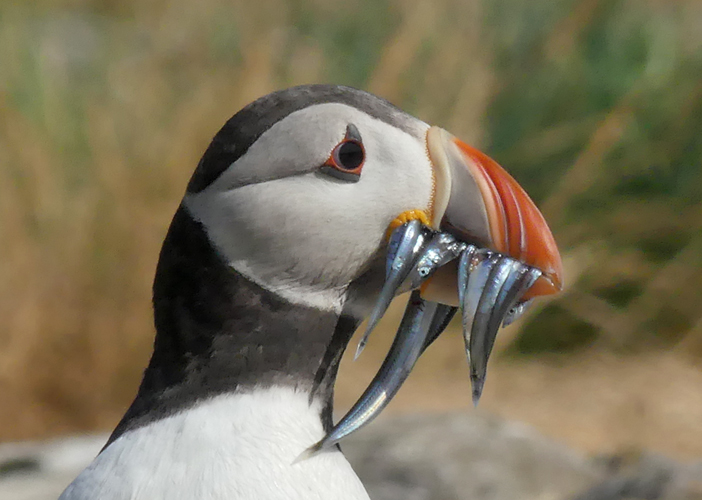
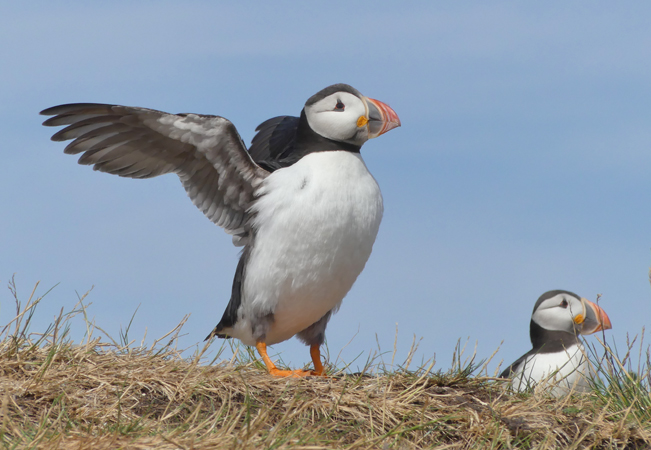
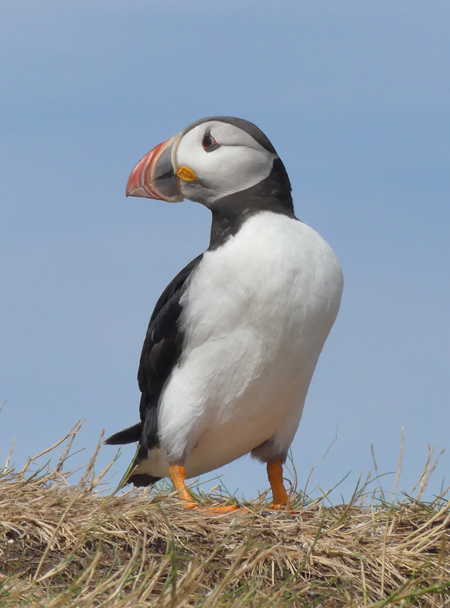
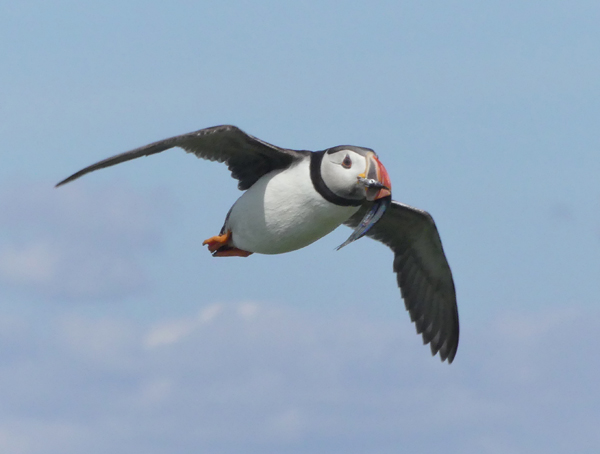
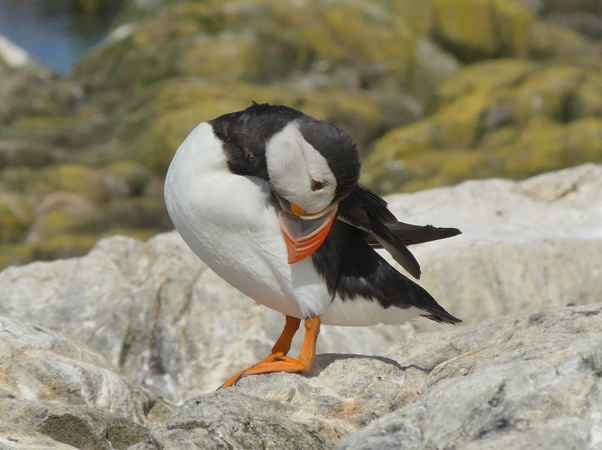
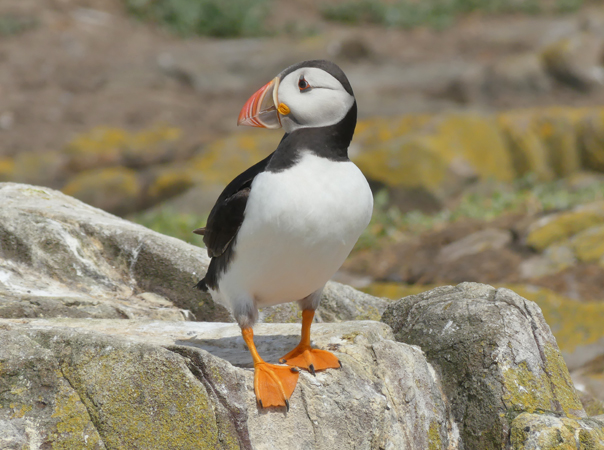
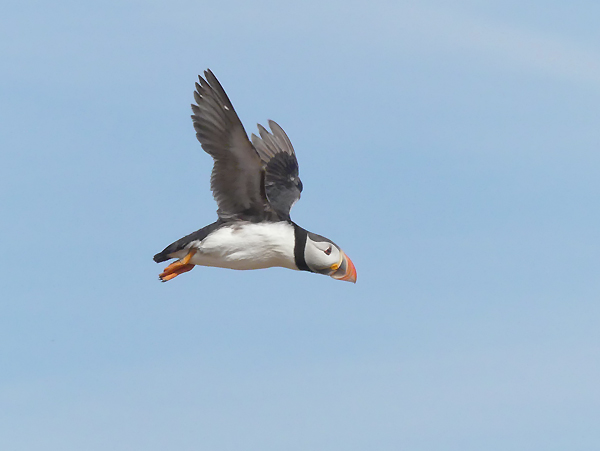
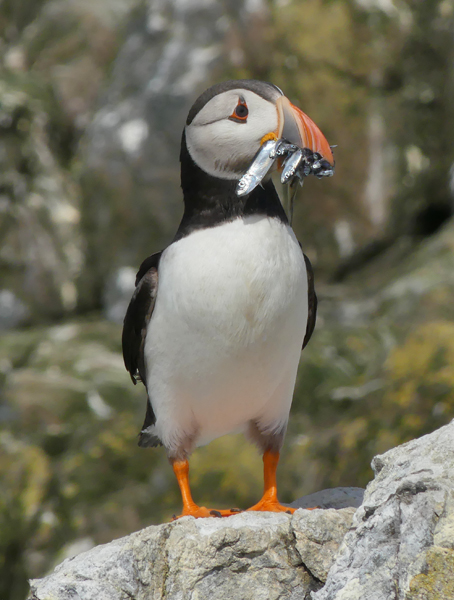
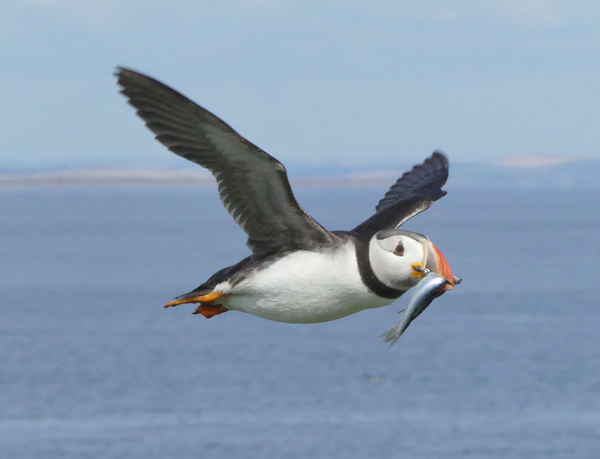
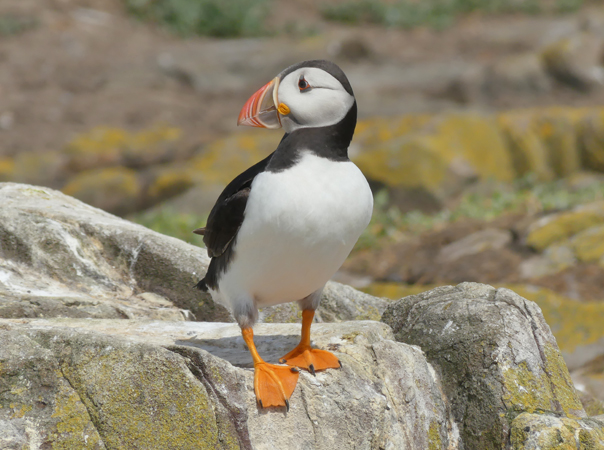
 Posted in
Posted in  Tags:
Tags: 










